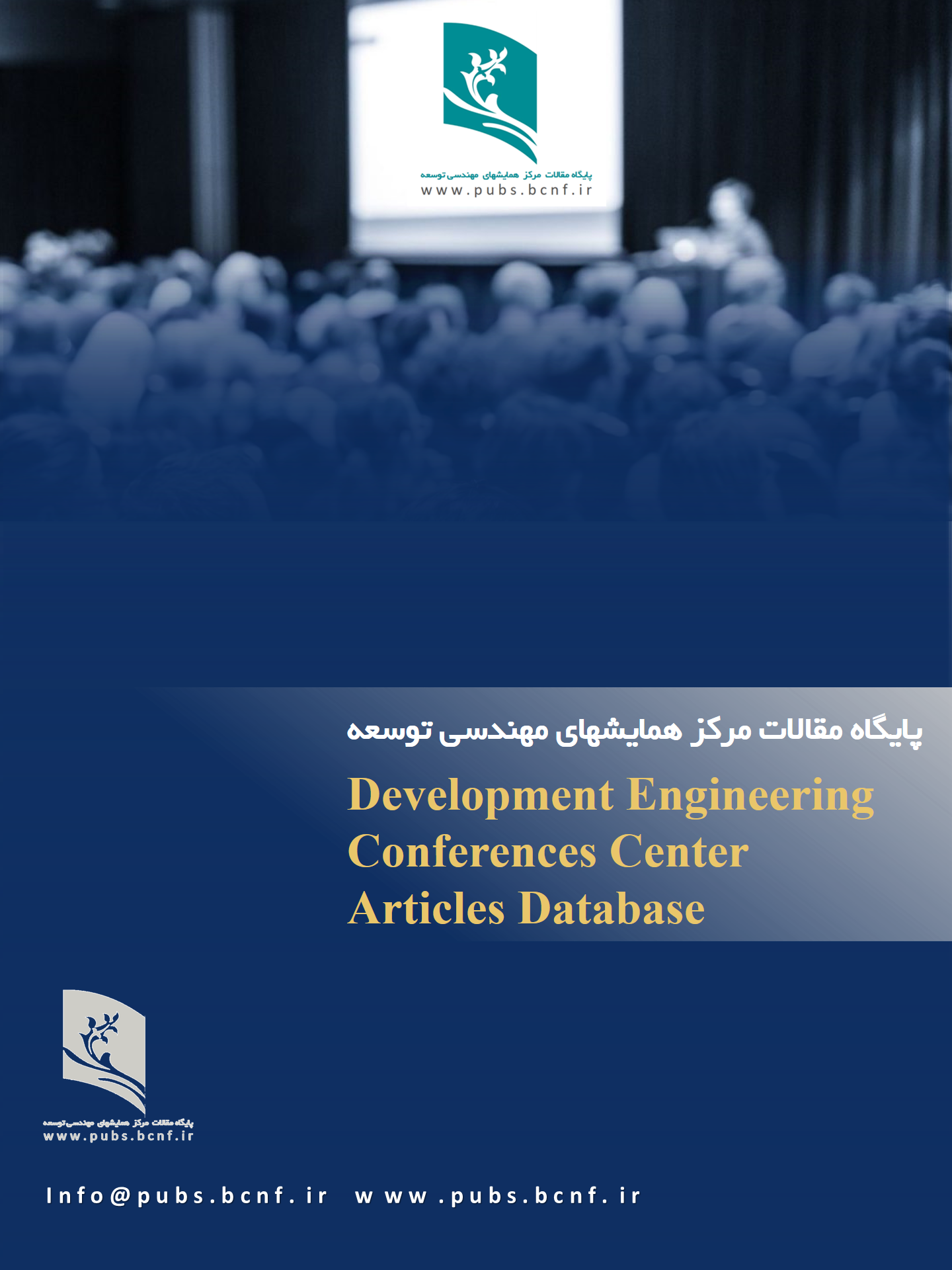Human Resources Development Model in the Chemical Industry: A Model with a Futures Research Approach
Keywords:
human resource, management, Chemical Industry, Organization agilityAbstract
Designing a human resource management (HRM) model for the future agile chemical industry within the framework of administrative systems requires addressing several critical aspects. The model needs to foster flexibility, responsiveness, and innovation while respecting cultural and regulatory contexts. Here is a structured outline for developing such a model. Chemical industries and systems are among the most important industries in the world..
Downloads
References
1) Dino, C (2014), "Alignment for the creation and development, Human resource management", Vol. 20, No.3, p. 562-577
2) Ebrahimian Jolodar, S.y. and Seyyed Mahmoud Ebrahimian Jolodar,M.E (2010). "Organizational agility: response speed and organizational flexibility". Police Human Development Journal, 8(39). pp. 13-34(In Persian)
3) Francis,D.(2011).“Managing People in Agile Organisations”. In A Gunasekaran (Ed.), Agile Manufacturing: The 21st Century Competitive Strategy (pp. 193-202). Oxford: Elsevier Science Ltd.
4) Farrokhi, A; Safari, M.and Salehzadeh, R. (2016), "Pathology of Human Resource Management System", Human Resource Management Research Quarterly of Imam Hossein University (AS), 7 (25): pp. 83-111. (In Persian)
5) Graves, L.M., Sarkis, J., and Zhu, Q., (2017)," How transformational leadership and employee motivation combine to predict employee proenvironmental behaviors in China", Journal of Environmental Psychology, 35, 81-91.
6) Gunasekaran, A., & Yusuf, Y. (2002). " Agile Manufacturing: Taxonomy of Strategic and Technological Imperatives" . International Journal of Production Research, Vol. 40 .
7) Guest،DE, (1997) ," Human resource Management and Performance :a review of the research agend", International Jornal of Human Resource Management, 8(3), p263-76
8) Hemti, A; Gudarzi, M.A.and Hajiani, I. (2015). "The necessity of future studies in education systems". Future Management Quarterly, 26(103): pp. 59-67 (In Persian)
9) Hopp, W., & Van Oyen, M. (2004). " Agile workforce evaluation: A framework for cross-training and coordination" , IIE Transactions. 36(10) · January 2003 with 1,865 Reads DOI: 10.1080/07408170490487759.
10) Harris,paul,(1990) ,"The Moral obligation to obay the iaw",in paul haris,op.cit.
11) Hendricks,M.D. (2015) ,"towards & optimal Teacher salary Schedule" . Designing base Salary to attract and retain effecting Teachers Elsevier, vol.47(C),pages143-167
12) Huang, J., & Kim, H. (2013), "Conceptualizing structural ambidexterity into the innovation ofhuman resource management architecture: The case of LGElectronics". The International Journal of Human Resource Management., 24, 922–943
13) Iranzadeh, S. Mesbahi Jahormi , N. Abdul Hossein Sh. (2015). "Investigating the relationship between dimensions of organizational agility and employee productivity of Dana Insurance Company in East Azerbaijan Province". Productivity Management Quarterly, 10(38): pp. 117-145.(In Persian)
14) Jajermizadeh, M, Foruzande Dehkordi, L , Abbasi, N and Tedin, A. (2013). "Designing a native model of human resources management with emphasis on contextual factors". Public Management Research, 7 (26): pp. 45-62.( In Persian)
15) Jabedar, A. Lashgari , M ,and Saeedzadeh, H. (2013), "Investigation of the roles of NAJA inspection in the retention of managers", Monitoring and Inspection Quarterly, 6 (20): pp. 7-28.(In Persian)
16) Jafaranjad, Aand Shahai., B. (2009) "An introduction to organizational agility and agile production", Tehran: Mehraban Publishing House(In Persian).
17) Jalalian, N. (2012). "Designing a model of future organizations (higher education system)". Journal of the Center for Studies and Development of Medical Sciences. 8 (30): 63-80. (In Persian)
18) Jorbanian, M; Moradi, K; Dehghanpour Farshah, A; (2018) "Agile policy governance on the brink of the 4th industrial revolution", Administrative Development Quarterly, No. 58: pp. 28-37.(In Persian)
19) Jin-Hai, L., Anderson, A., & Harrison, R. (2003). " The Evolution of Agile Manufacturing" . Business Process Management Journal, Pages 170-89.
20) Kamrani Nejad, A, Hosseini , S. H., . Nazari, N,. (2013). "Practical methods of recruiting and maintaining human resources in order to increase organizational productivity", Sharq Police Studies Quarterly, 1 (1): pp. 37-48. (In Persian)
21) Kang, S. H., Morris, S. S., & Snell, S. A.(2018). "Relational archetypes, organizational learning, and value creation: Extending the human resource architecture". Academy of Management Review, 32(1): 236–256.
22) Karre, H., Hammer, M., & Ramsauer, C. (2019)." Building capabilities for agility in a learning factory setting. Procedia Manufacturing" , 31, 60-65. doi:https://doi.org/10.1016/j.promfg.2019.03.010.
23) Karimi, M. (2013) "A review of the challenges and solutions of attracting and maintaining human capital in Iran's National Oil Company", Oil and Gas Exploration and Production Monthly, 10 (92): pp. 6-18. (In Persian)
24) Kolb,D.A, (1984)." Experiental learning:Experience as the source of learning and development,prentice" ,Hall,Englewood cliffs,NJ، 110-122.
25) Lawson,P.( 1995). " Performance management:an overview,in the performance management Handbook" ,ed MWalters,Institute of personal and Development,London.
26) Majlis Research Center, (1400), "Government Agility from the perspective of reforming the administrative system of Iran", Department of Management Studies, subject code: 290, serial number: 17897. (In Persian)
27) Mohammadi, A. Amiri, Y. (2016), "Presenting an interpretive structural model of achieving agility through information technology in production organizations", Information Technology Management Journal, 4 (13): pp. 115-134 . (In Persian)



